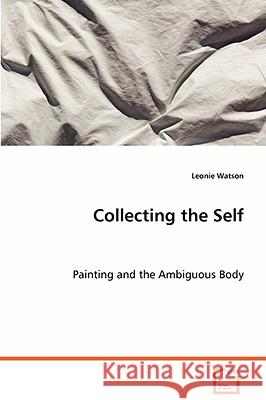Collecting the Self » książka
Collecting the Self
ISBN-13: 9783639061147 / Angielski / Miękka / 2008 / 52 str.
What is the relationship between the body and the self? How are we to represent a self that is identified by and yet no longer seems bounded by the "body envelope"? This study traces the evolution of notions of the self in art practice and looks at recent attempts to picture a new kind of body/self: a self that is multiple, a locus or meeting place of desires, beliefs, language forms and histories. This self is extended by technology, which dissolves boundaries of scale, of inside and outside. What is proposed is a body/self that is always in parts and always in process, continually fragmenting, yet recombining to find moments of wholeness. These new kinds of bodies - fragmented, dispersed, reassembled - enable us to see ourselves as we feel... multiple, in flux and yet held together by a desire for wholeness - however transitory and contingent. This book will be of interest to theorists in the visual arts and humanities as well as to arts practitioners, curators and collectors.
What is the relationship between the body and the self? How are we to represent a self that is identified by and yet no longer seems bounded by the "body envelope"? This study traces the evolution of notions of the self in art practice and looks at recent attempts to picture a new kind of body/self: a self that is multiple, a locus or meeting place of desires, beliefs, language forms and histories. This self is extended by technology, which dissolves boundaries of scale, of inside and outside. What is proposed is a body/self that is always in parts and always in process, continually fragmenting, yet recombining to find moments of wholeness. These new kinds of bodies - fragmented, dispersed, reassembled - enable us to see ourselves as we feel... multiple, in flux and yet held together by a desire for wholeness - however transitory and contingent. This book will be of interest to theorists in the visual arts and humanities as well as to arts practitioners, curators and collectors.











